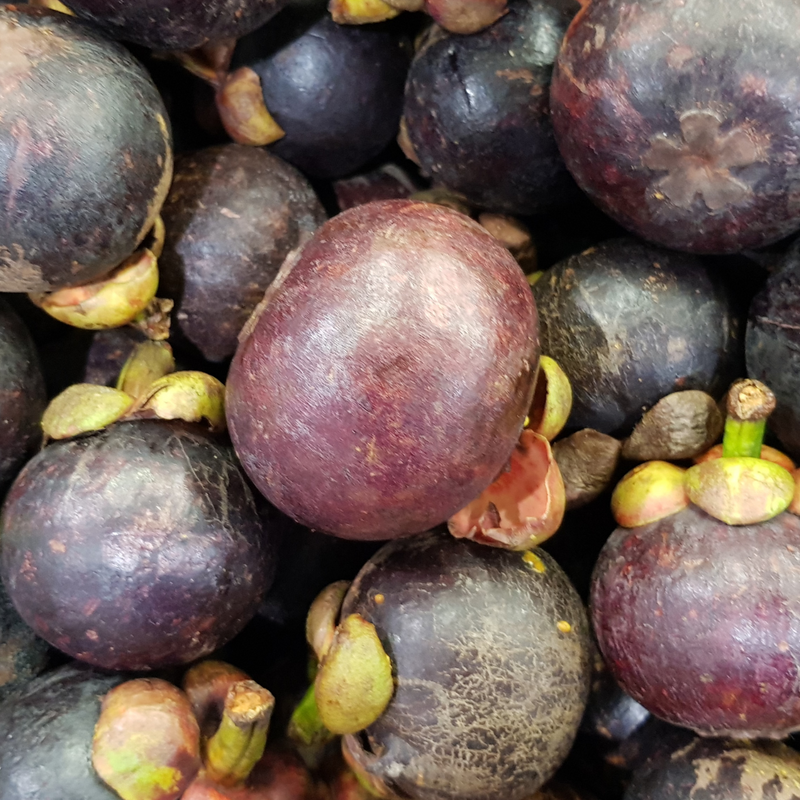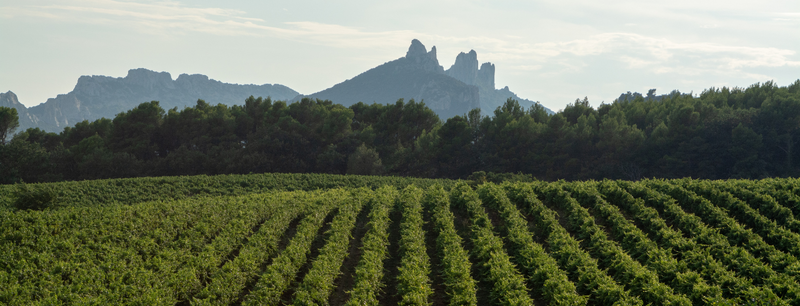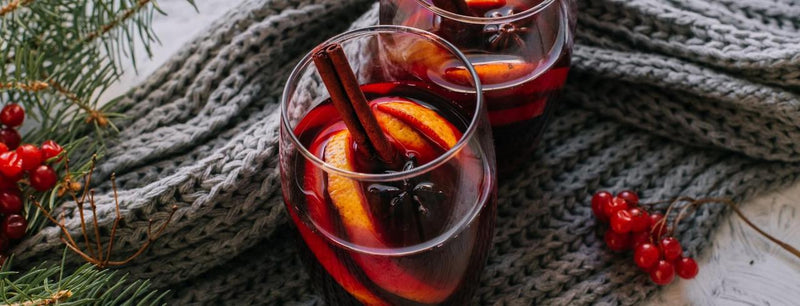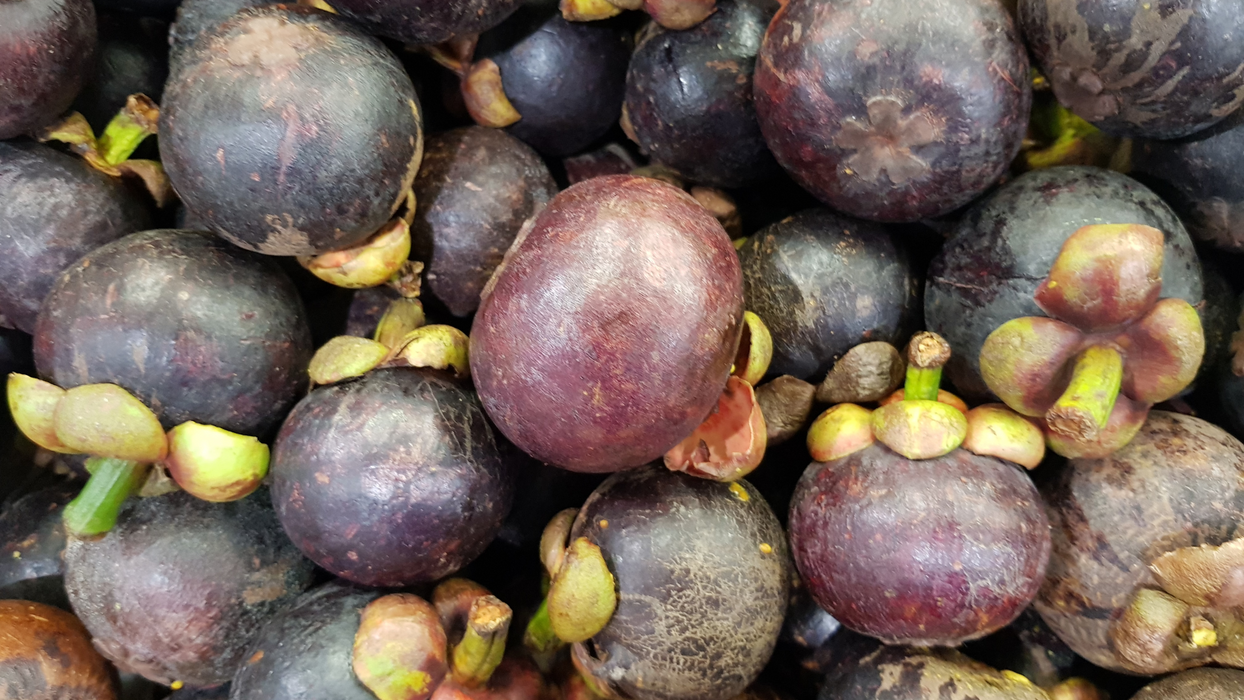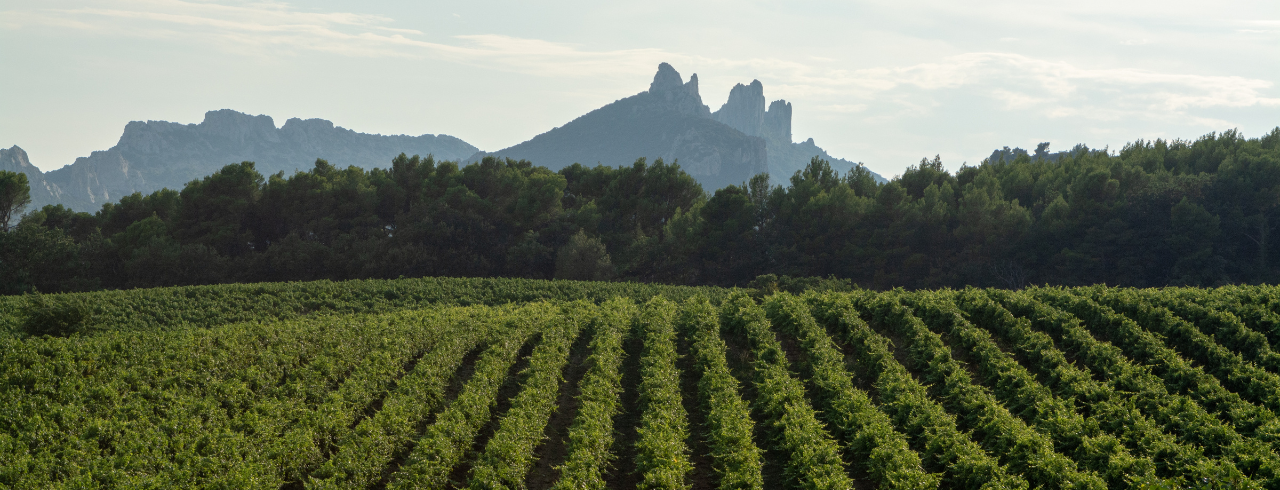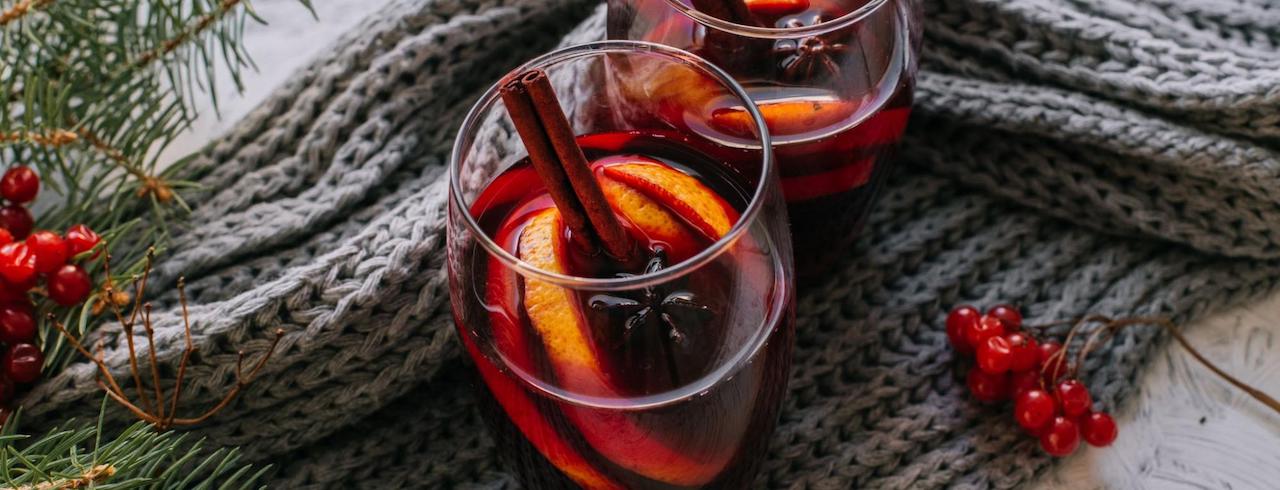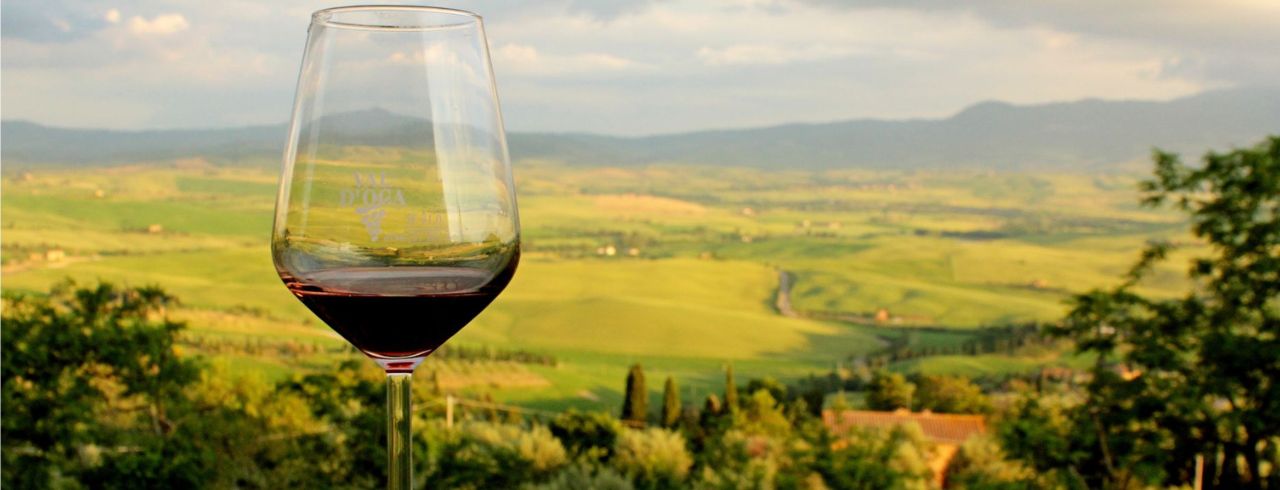
What Does Cru Wine Mean?
We all know a good wine when we taste it. It tastes like balance, a smooth, flavorful symphony of tannins, texture, and acidity.
But did you know there is an actual wine classification system to determine which wines are superior?
For centuries, wine classification systems have been in place in France to set high-quality chateaus, vineyards, and grapes apart.
So what does “cru wine” mean exactly? Let’s learn more about this unique system and how it came to be.
History of Burgundy Grand Crus
Believe it or not, wine classification dates back to the Middle Ages of Burgundy, France. During this time, Catholic Monks would designate specific plots in the vineyard as producing the best-tasting wine grape. They called these plots “crus,” which translates to “growth.”
Cru wines are declared as such based on the grape’s growth quality and the terroir of the soil.
Today, cru wine is determined by France’s official Appellation d’Origine Contrôlée, or AOC. The organization enacts over 363 legal standards for wines and spirits. Everything from grape growth to blending to bottling must meet these rigorous AOC regulations to be considered cru wine.
The bar is high, so any wine labeled “cru” deserves a second glance.
But if you want the absolute top of the cru, the Burgundy classification system is as follows:

Grand Cru
The cream of the crop label directly refers to the quality of a vineyard and the terroir of the soil for grape growth. Grand Cru wines are the most respected amongst wine enthusiasts in this region.
Premier Cru
Second only to Grand Cru wine, the vineyards which carry wines with a Premier Cru label are still considered the best in the world.
Village Wine
Since most wine in France is produced in small villages, this classification is more common but still a cut above the rest.
Burgundy Appellations
This refers to the remaining wines produced in other regional appellations of Burgundy. While they don’t meet the same standards as Grand Cru or Premier Cru wines, they are still excellent quality.
If you think this breakdown for cru wine is simple enough, it’s time to make things a little more confusing.
Bordeaux’s Grand Cru Classé
In 1855, Napoleon III wanted a classification system for determining the best wines in Bordeaux. This system was known as Grand Cru Classé, and it ranked wine from first to fifth growth, the first being the best.
Within the Grand Cru Classé, Premier cru classé or Premier Cru is considered the best, with Grand Cru in second place, opposite Burgundy.
Only red wines from Médoc and Sauternes were included in this esteemed wine selection system. For white wines, only those from Barsac were included.
Today, Napoleon’s original decree has been amended, separating the cru wine appellations of this region into Saint-Émilion, Graves, Bourgeois du Médoc, and Artisans du Médoc. Estates in these appellations are reviewed every few years to ensure that the AOC standards of cru classification are upheld.
Fun Fact: In 2022, Alsace produced its first Grand Cru wine made from 100% Pinot Noir. Before the AOC regulation update, Alsace’s red grapes had been banned from Grand Cru Wines.
Grand Cru Champagne
With all this talk about the cru wine ranking system, we haven’t forgotten about Champagne!
In 1919, the l’échelle des crus or échelle de crus percentage scale was introduced to determine the quality of wine grapes in local Champagne villages.
Instead of a tier-ranked system, échelle de crus operates as a sliding scale where vineyards are ranked from 50% to 100%.
Like in Burgundy, Grand Cru represents the highest quality of Champagne in the region and is so exclusive only 17 villages have achieved this label. The AOC requires Grand Cru Champagnes to have a rating of no less than 100%.
For Premier Cru quality, the Champagne grapes must have a rating between 90% and 99% to be considered by the AOC. Forty-three villages are currently Premier Cru quality.
The remaining villages are recognized as having Champagne of AOC quality but are not considered cru.
The Grand Cru Finale
It’s important to keep in mind that just because a wine isn’t cru quality, that doesn’t mean it isn’t high quality.
Cru wines represent the best of the best and must withstand specific legal standards to prove their status.
If you’ve discovered a cru wine, keep in mind that its quality extends down to the soil terroir and grapes. A cru wine always begins and ends with luxury.
Depending on where you go, the highest ratings of Grand Cru and Premier Cru may be interchanged, but rest assured that any wine with a cru label is certainly no less than outstanding. If you’d like to try our favored French wines as appointed by our customers, see our selection here!
